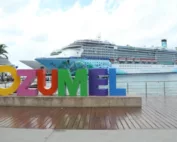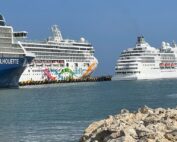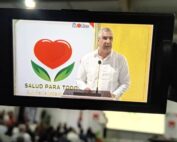#Shooting_Green: A visual dialogue for climate resilience in the heart of Havana

By: Yoanna Cervera
The premises of the UNESCO Regional Office in Havana host a suggestive exhibition that intertwines art and environmental conservation. Two photographic exhibitions under the title “#Shooting_Green: Photography for Climate Resilience” transform the open spaces of the institution and stand as visual testimony of the challenges and beauties of our time. “Jardines de la Reina, a treasure of marine biodiversity in Cuba” with 42 stunning images, is the result of the work of the Naturaleza Secreta project during a tour of Cuba, while the “Transcultura Awards for Environmental and Landscape Photography” includes six selected works by young Caribbean talents.
Addressing those present, among whom were ambassadors from European, Latin American and Caribbean countries and creators of the works, Anne Lemaistre, director of UNESCO’s Regional Office in Havana, offered a serious reflection: “We are losing the battle against time in the protection of our oceans.” With precise data, she recalled that Cuba is home to the most important coral reefs in the Insular Caribbean, but faces growing threats such as marine acidification and indiscriminate fishing. “Soon in Nice, France, UNESCO will lead the International Ocean Conference, where we will present concrete solutions,” she announced, highlighting the role of the Intergovernmental Oceanographic Commission (IOC) in these global efforts.
The Ambassador of the European Union to Cuba, Isabel Brilhante Pedrosa, later took the floor to reveal the origin of this dual exhibition: “It all started with an idea of Dr. Patricia González, who proposed we celebrate the 15th anniversary of the Jardines de la Reina National Park.” She explained how this initiative was perfectly aligned with the programming of the Month of Europe in Cuba from April 9 to May 9, which includes more than 70 activities. “This exhibition is special,” she continued, “because it combines the majesty of the Jardines with the fresh look of young Caribbean photographers, thanks to the Transcultura Programme, our largest cultural project in the region with a budget of 15 million euros.”
Dr. Patricia González, researcher at the University of Havana’s Marine Research Center, described the Jardines de la Reina as “one of the planet’s 50 sites of hope.” She further detailed that “41 miles from the coast, this ecosystem has demonstrated a unique resilience to climate change, thanks to a conservation model that combines science, responsible tourism and strict protection.” With concrete data, she highlighted that the area maintains 85% of its original coral cover, an exceptional figure in the Caribbean.
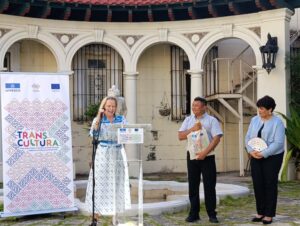
Renowned photographer Julio Larramendi, president of the jury, emphasized the artistic value of the works: “We selected three winners from among ten finalists from all over the Caribbean, but each image exhibited here tells a unique story of environmental resistance.”
Among the outstanding works was that by young Dominican Abdón Tzib, from Belize, who won first prize with a powerful image that captures the relationship between coastal communities and marine ecosystems. “These young artists,” Larramendi added, “show us that photography can be a powerful instrument for social change.”
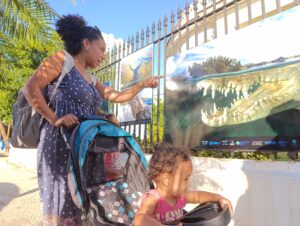
The exhibitions will remain open to the public until May 30 at UNESCO headquarters (Calle Calzada 551, Vedado).
The director of the UNESCO Regional Office announced that they are preparing new initiatives for the Decade of Ocean Science, while noting that, “today art reminds us that protecting our planet is not an option, but an urgent necessity.”
A message that, through these committed lenses, transcends the walls of UNESCO to raise the awareness of every visitor or passerby captivated by the beauty of these snapshots.

MORE NEWS


